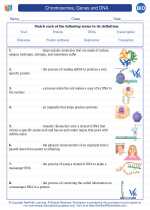Skeletal System
The skeletal system is the framework of the body, consisting of bones and connective tissues that support and protect the body’s organs. It also provides a structure for muscles to attach to and allows movement through its joint connections.
Anatomy of the Skeletal System
The human skeletal system is composed of 206 bones, which are categorized into two main types: axial skeleton and appendicular skeleton. The axial skeleton includes the skull, vertebral column, and rib cage, while the appendicular skeleton consists of the bones of the upper and lower limbs, as well as the shoulder and pelvic girdles.
Functions of the Skeletal System
- Support: The skeletal system provides structural support for the body, allowing us to stand upright and maintain our shape.
- Protection: It protects vital organs such as the brain, heart, and lungs by surrounding them with bony structures.
- Movement: Bones, in conjunction with muscles and joints, facilitate movement and locomotion.
- Mineral storage: Bones act as a reservoir for important minerals such as calcium and phosphorus, which are essential for various physiological processes.
- Blood cell production: The bone marrow within certain bones is responsible for the production of blood cells, including red blood cells, white blood cells, and platelets.
Common Skeletal System Disorders
Several disorders and conditions can affect the skeletal system, including osteoporosis, arthritis, scoliosis, and fractures. Understanding these conditions and their impact on the skeletal system is crucial for maintaining overall health and well-being.
Study Guide
When studying the skeletal system, it's important to focus on the following key areas:
- Memorize the names and locations of major bones in the human body, including the skull, vertebrae, ribs, sternum, scapulae, clavicles, humerus, radius, ulna, femur, tibia, fibula, and pelvic bones.
- Understand the functions of the skeletal system and how it supports and protects the body.
- Learn about common skeletal disorders and their impact on overall health.
- Explore the relationship between the skeletal system and other body systems, such as the muscular and circulatory systems.
By mastering these concepts, you will have a thorough understanding of the skeletal system and its significance in maintaining human health and function.
.◂Biology Worksheets and Study Guides High School. Chromosomes, Genes and DNA
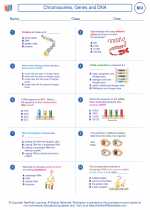
 Worksheet/Answer key
Worksheet/Answer key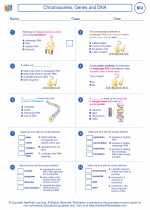
 Worksheet/Answer key
Worksheet/Answer key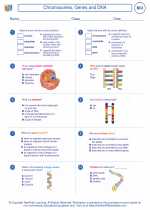
 Vocabulary/Answer key
Vocabulary/Answer key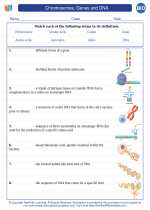
 Vocabulary/Answer key
Vocabulary/Answer key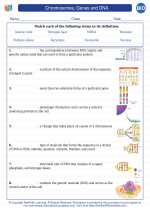
 Vocabulary/Answer key
Vocabulary/Answer key